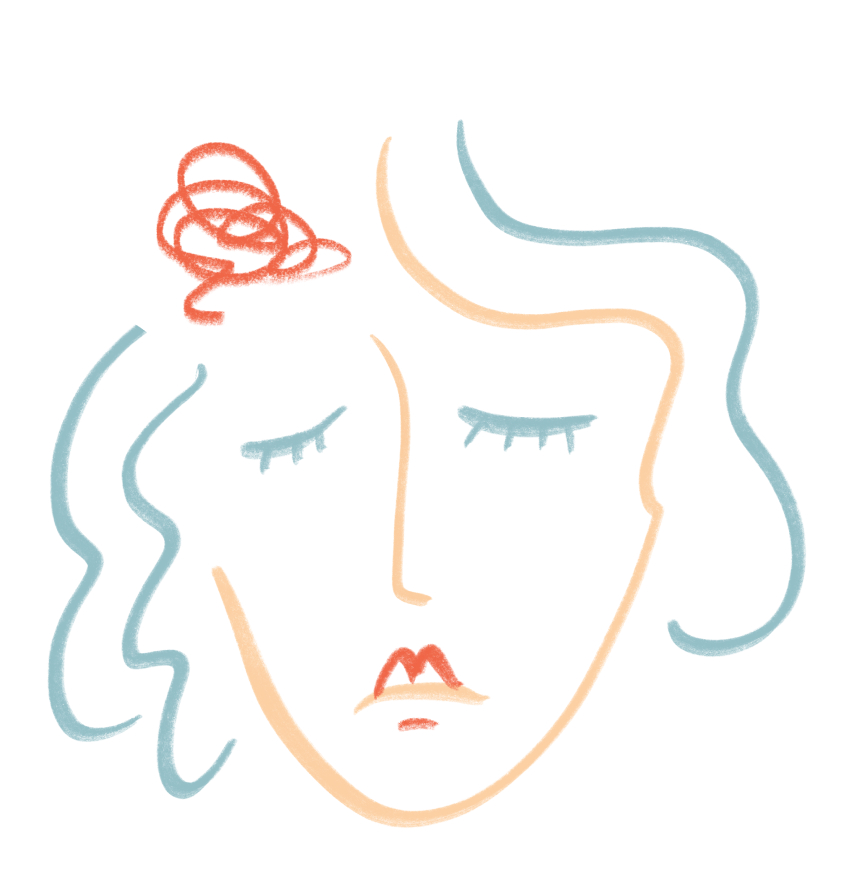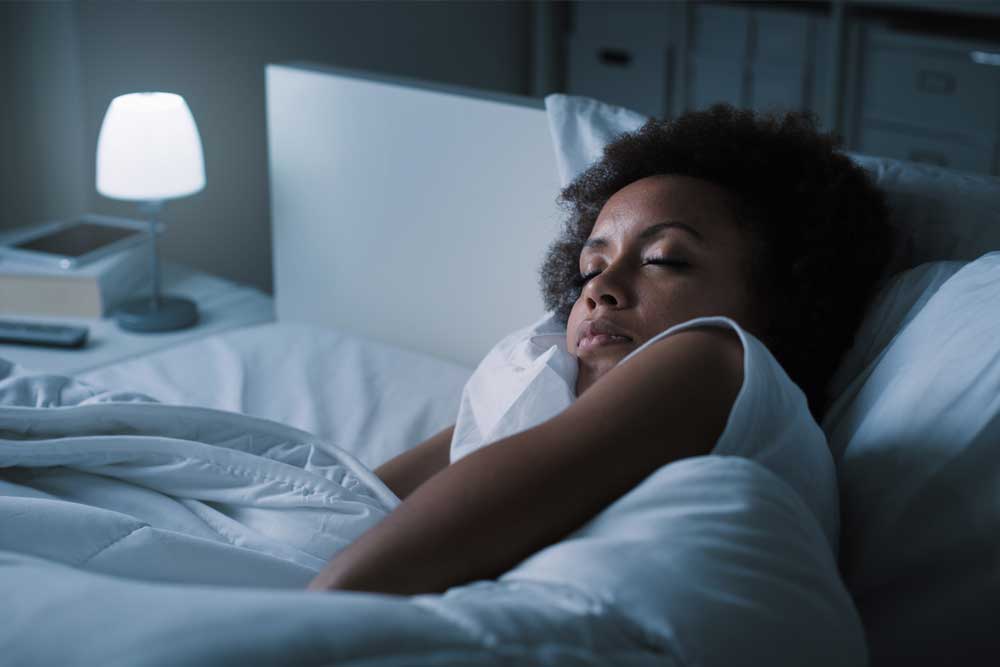What is menopause restless legs syndrome?
During menopause, it is not uncommon to experience unusual sensations. These can include tingling, pins and needles, and the feeling of something crawling all over you. The medical term for these unpleasant sensations with no obvious external cause is paresthesias.
As menopause restless legs syndrome is often worse at night, it can lead to sleep problems. It can also be associated with jerking movements in the arms and legs. These symptoms range from mild to severe. Some find them very distressing and disruptive. It is therefore important that you speak to your healthcare provider if you are struggling.are struggling.
Discover your personalized treatment options
WHAT DOES IT FEEL LIKE?
At menopause, abnormal sensations tend to affect the feet, legs, hands, and arms. They can take many different forms, such as those below.
Menopause tingling all over the body
This feeling can start in one place or multiple places and travel. It’s hard to pinpoint and sleeping can be a challenge.
Menopause pins and needles
An uncomfortable feeling in your hands and feet that can strike at any time, often at night. It can be hard to get your feeling back.
Creeping feelings
It can feel like ants or flies, which is super annoying when you are trying to sleep Read more about skin changes.
Numbness
Waking up with a numb hand or foot can make the simple tasks of getting out of bed in the morning or going to the bathroom at night difficult.
Pain
Locked knees, joint pain, or aching muscles waking you up during the night? It could be due to hormonal changes in menopause. Read more about aching muscles.
As menopause restless legs syndrome is often worse at night, it can lead to sleep problems. It can also be associated with jerking movements in the arms and legs.
These symptoms range from mild to severe, and some find them distressing and disruptive. It is important that you speak to your healthcare provider if you are struggling.

How likely is restless legs syndrome during menopause?
- These symptoms are fairly common
- One study of 5,000 menopausal women found that 18.1% of 45-54 year old women suffered from restless legs syndrome
- This increased to 20.9% in the 55-64 age group
Read more about the stages of menopause.
How can you minimize restless syndrome?
- Avoid stimulants including caffeine, alcohol, and tobacco
- Exercise regularly
- Maintain good sleep habits, including sleeping at set times, having a relaxing bedtime routine and avoiding daytime naps
- Take a hot bath before bed
- Massage the affected parts of your body
- Take gentle, relaxing forms of exercise like yoga, Tai Chi, walking or stretching
As restless legs syndrome and paraesthesias can both be caused by other medical conditions, it is important to see your healthcare provider for a diagnosis.
Can hormone therapy (HT) help?
One small study found that symptoms of restless leg syndrome were more severe in those taking HT.
The relationship is complex between restless legs syndrome, paraesthesias, and other symptoms of menopause, which could be improved by HT.
For example, we know that restless legs syndrome can be worse if you are struggling with sleep – and HT can help to improve the quality of your sleep at menopause.
It is important to speak to your healthcare provider about your own personal treatment options if you would like to consider HT.
Read more about HT risks and benefits.
Restless legs and menopause FAQs
I can remind myself that the moment will pass”





